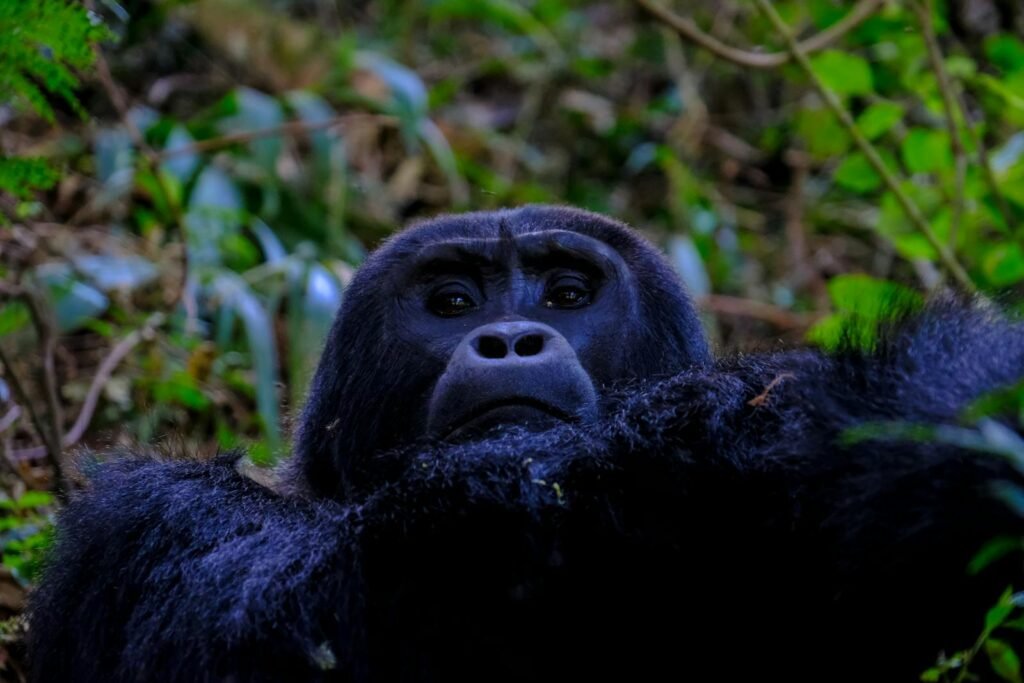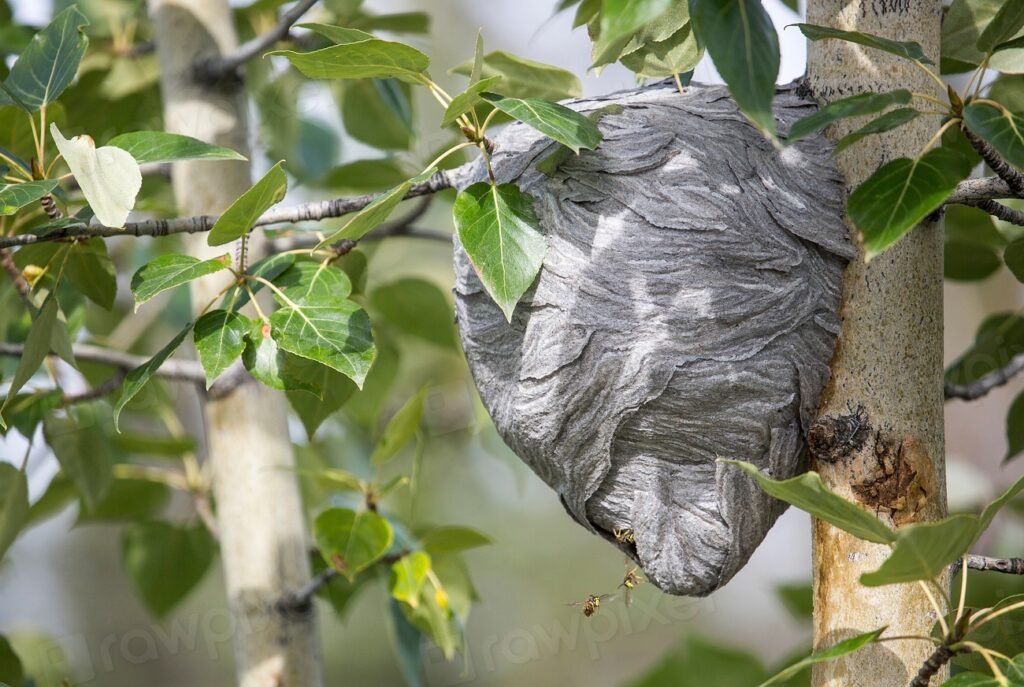As twilight settles, the world’s most misunderstood mammals take to the skies. Bats, with their leathery wings and mysterious ways, have long fascinated—and, let’s be honest, sometimes terrified—people across cultures. But what if the very creatures we associate with horror stories are actually among evolution’s most brilliant masterpieces? On Bat Appreciation Day, it’s time to cast aside old fears and marvel at the bizarre, spectacular, and downright awe-inspiring journey of bats. From the blood-drinking vampire bats lurking in the shadows to the gentle fruit bats pollinating the rainforest, bats are proof that nature’s imagination knows no bounds.
The Ancient Origins of Bats
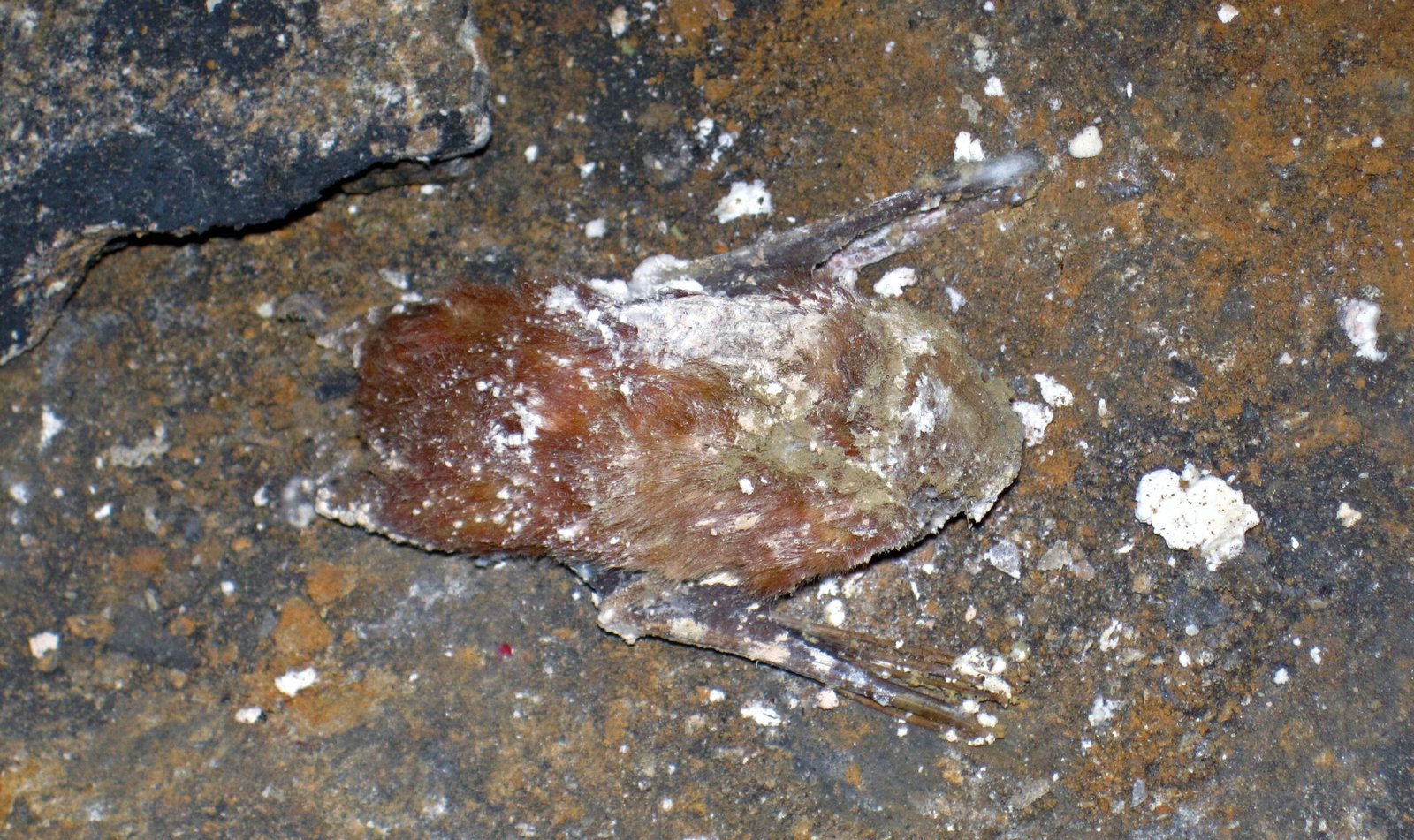
Bats have a lineage that stretches back at least 50 million years. Fossils from the Eocene epoch reveal bat-like creatures gliding through ancient forests, their wings already astonishingly similar to those of modern bats. Unlike birds, which evolved from dinosaurs, bats branched off from small, insect-eating mammals. Over millions of years, their forelimbs stretched and skin membranes evolved, allowing them to master true flight—a feat no other mammal has achieved. This evolutionary leap unlocked a world of night skies, safe from most predators and full of new food sources. Their ancient roots are a testament to nature’s ability to experiment and succeed in unexpected ways.
What Makes a Bat a Bat?
Bats belong to the order Chiroptera, which means “hand wing” in Greek—a fitting name given that their wings are really elongated fingers covered by a thin membrane. Unlike birds’ rigid wings, a bat’s flexible structure allows for acrobatic maneuvers, quick turns, and hovering. Their bodies are lightweight, and their faces are often adorned with curious features like nose leaves or giant ears. These adaptations aren’t just for show; they’re finely tuned for bats’ diverse lifestyles, from hunting insects to sipping nectar. Bats are also the only mammals capable of sustained flight, making them both oddities and icons in the mammal world.
The Astonishing Diversity of Bat Species
With over 1,400 known species, bats make up about one-fifth of all mammal species on Earth. Some are tiny, like the bumblebee bat of Thailand, weighing less than a penny, while others, like the flying foxes of the Pacific, boast wingspans up to six feet. Bats are found on every continent except Antarctica, thriving in deserts, forests, cities, and caves. Their diversity is not just about size; it’s also about diet, behavior, and the important ecological roles they play. Whether you encounter a swift insect-hunter or a gentle fruit-eater, each species tells a unique evolutionary story.
Vampire Bats: Nature’s Unexpected Bloodsuckers
Perhaps no bat is more misunderstood than the vampire bat. Found in the Americas, these small, unassuming creatures have evolved a taste for blood—a rare diet called hematophagy. Their razor-sharp teeth make tiny incisions in the skin of livestock or birds, and anticoagulant saliva keeps the blood flowing while they lap it up. Far from being the monsters of legend, vampire bats are social animals, often sharing meals with hungry friends. They even “adopt” orphans into their colony, proving that even the weirdest mammals can show remarkable kindness. This strange adaptation is a masterstroke of evolution, allowing them to exploit a food source most mammals can’t touch.
Fruit Bats: The Gentle Gardeners of the Night
On the other end of the spectrum are fruit bats, sometimes called flying foxes due to their fox-like faces. These bats are the pollinators and seed dispersers of the tropics, feasting on fruit, nectar, and flowers. As they travel from tree to tree, they spread pollen and seeds, playing a crucial role in forest regeneration. Without fruit bats, many tropical plants would simply vanish. Watching them glide silently through the night, it’s easy to see why they’re sometimes called “the angels of the forest.” Their gentle nature and vital ecological roles make fruit bats true unsung heroes.
Echolocation: Seeing with Sound
Most people know bats for their astonishing ability to “see” in the dark using echolocation. By emitting high-pitched calls and listening for the echoes, bats can navigate complex environments and hunt tiny prey in complete darkness. This biological sonar is so precise that some bats can detect insects as small as a mosquito or avoid obstacles thinner than a human hair. Not all bats use echolocation—fruit bats rely more on their keen eyesight and sense of smell—but for those that do, it’s a superpower that has shaped their evolution. Imagine walking through a pitch-black room and knowing exactly where everything is, just by listening.
Bats and Human Culture: Between Myth and Reality
Bats have long fluttered through the world’s folklore, sometimes as omens of doom, sometimes as symbols of luck. In Western cultures, they’re often linked to vampires and haunted houses, fueling fear and misunderstanding. Yet in China, bats symbolize happiness and good fortune, their images gracing wedding decorations and ancient art. Science is slowly untangling myth from truth, showing that bats are neither evil nor unlucky—they’re simply extraordinary animals trying to survive. The real tragedy is how fear and superstition have led to the destruction of bat habitats and colonies around the world.
Bats as Ecosystem Superheroes
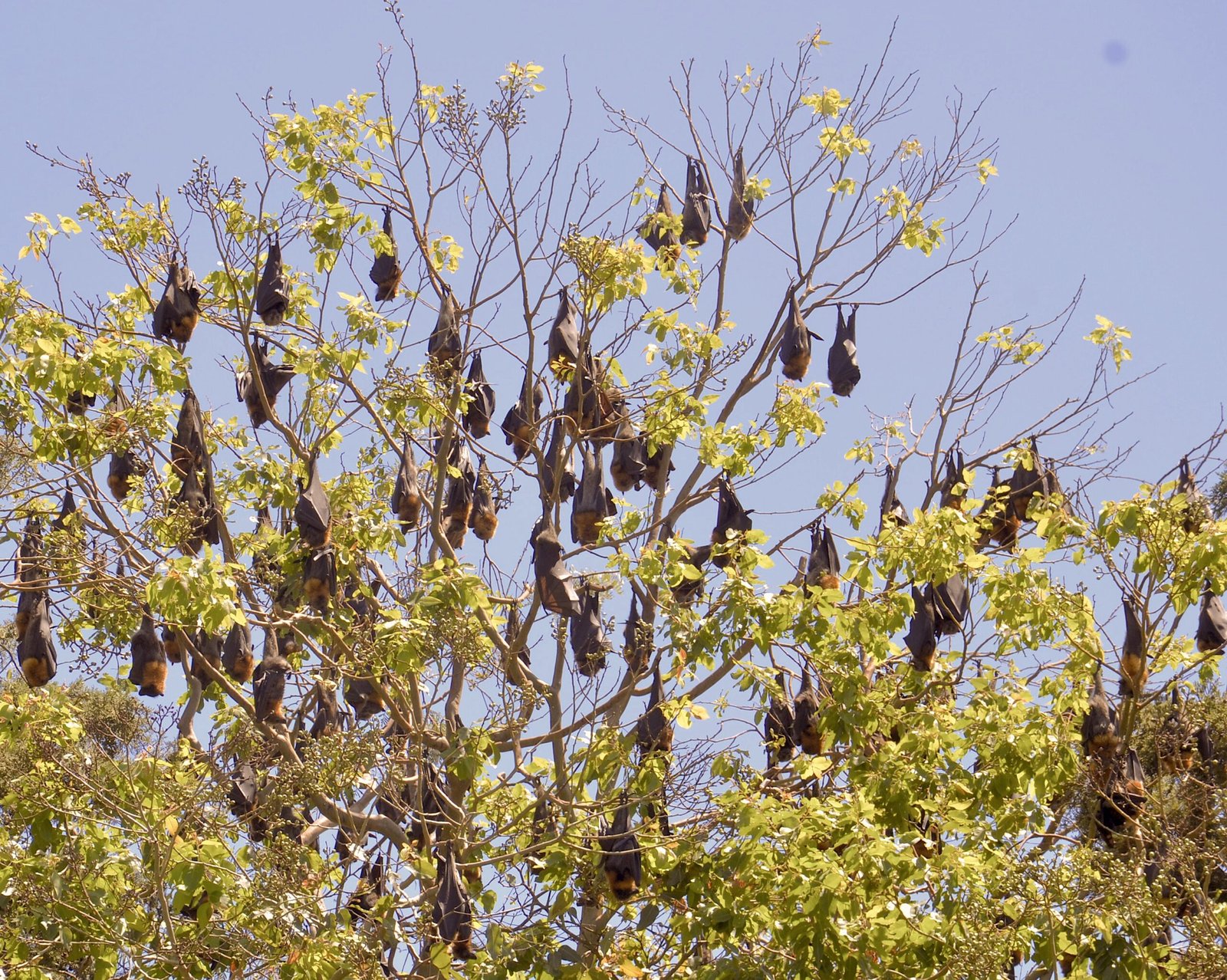
If you enjoy tequila, thank a bat. The agave plant relies on bats for pollination. But their ecological contributions don’t stop there. Insect-eating bats devour vast quantities of agricultural pests, saving farmers billions of dollars each year and reducing the need for chemical pesticides. Fruit bats help regenerate forests, and nectar-feeding bats keep cacti blooming in deserts. The ripple effect of their nightly work benefits ecosystems and humans alike. Bats are the silent guardians of the night, keeping nature’s balance in check.
Weird Adaptations: From Nose Leaves to Thumb Claws

Some of the strangest features in the animal kingdom belong to bats. Take the leaf-nosed bats, whose elaborate facial structures help focus their sonar calls. Or consider the long-legged bat of Central America, which has specialized thumbs for snatching insects off water surfaces. There are bats with suction-cup pads for clinging to smooth leaves, and others that use their tails like nets. Each adaptation is a solution to a unique challenge, a reminder of evolution’s endless creativity. The sheer variety of bat adaptations is enough to make anyone marvel at nature’s ingenuity.
Threats Facing Bats Today
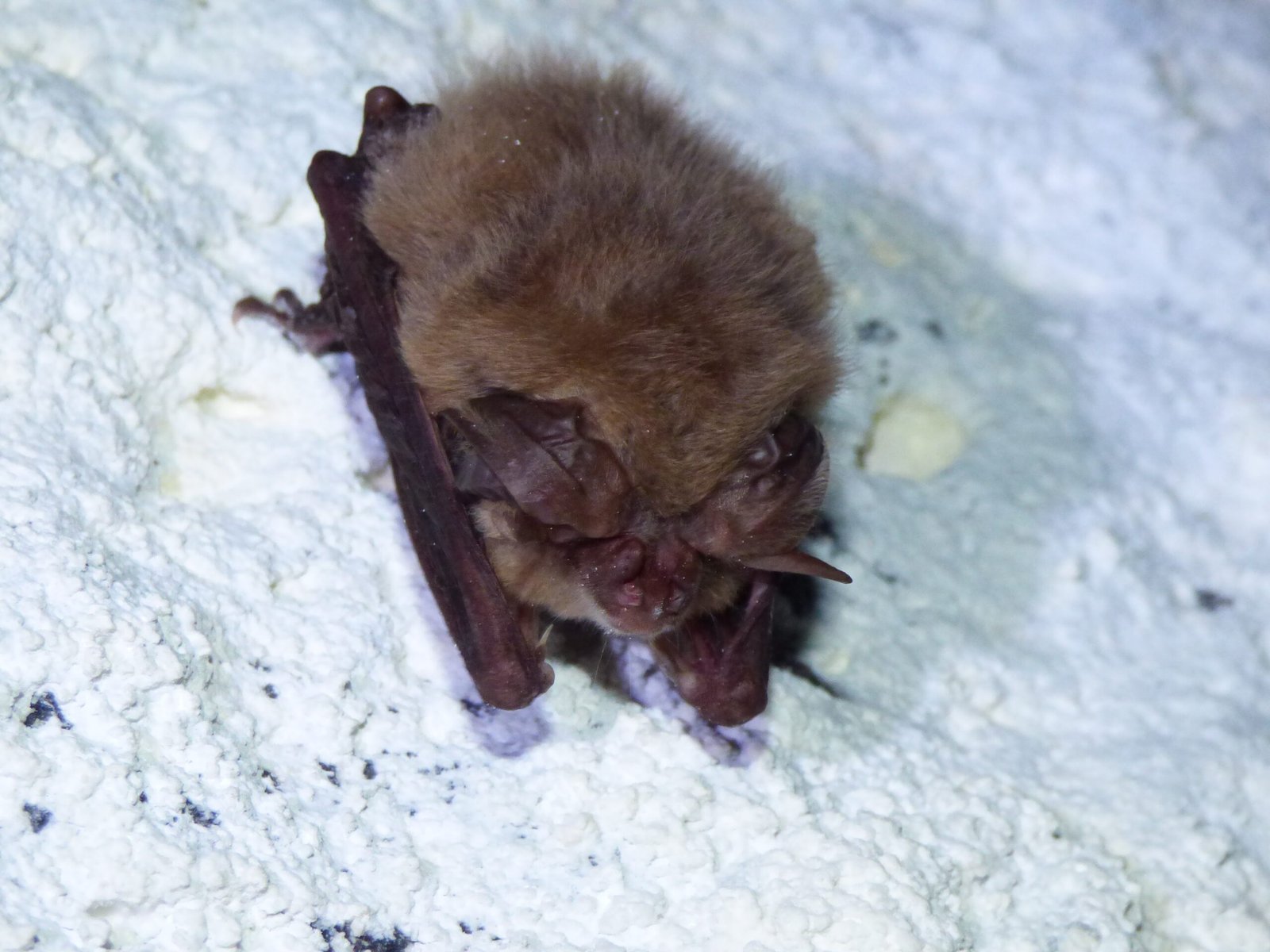
Despite their resilience, bats are in trouble. Habitat loss, disease, climate change, and persecution threaten many species. The spread of white-nose syndrome, a fungal disease, has devastated entire colonies in North America. Urban expansion and deforestation rob bats of roosting sites and food sources. Even well-meaning humans can cause harm, disturbing hibernating bats or demolishing old buildings where they live. Protecting bats means protecting the delicate web of life they support.
How You Can Celebrate Bat Appreciation Day
Bat Appreciation Day isn’t just for scientists—it’s for everyone. You can hang a bat box in your yard, plant native flowers to attract nighttime pollinators, or simply learn more about these incredible mammals. Citizen science projects invite people to monitor local bat populations, contributing valuable data for conservation. Even sharing positive bat stories can help change minds and fight old myths. Every small action helps ensure bats have a future alongside us.
The Lasting Wonder of Bats

Bats are a living testament to nature’s weirdest and most wonderful possibilities. Whether they’re sipping fruit in a rainforest or using echolocation to hunt in total darkness, bats remind us that the world is full of surprises. On Bat Appreciation Day, let’s celebrate their place in the tapestry of life and recognize the vital roles they play. Next time you see a shadow flutter across the evening sky, will you look up in awe?


